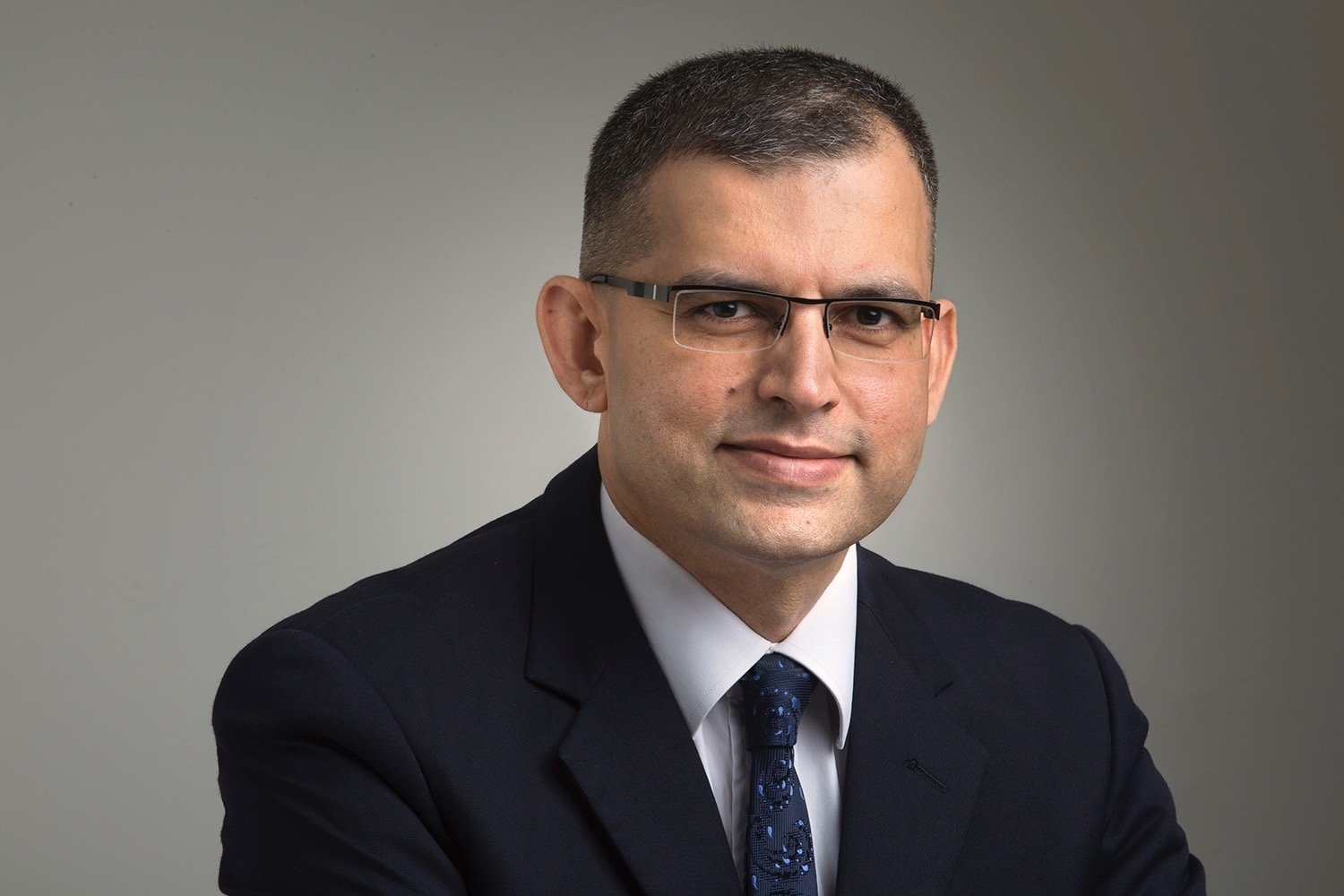
Dr. Harish Pillai, CEO – Aster India, Aster DM Healthcare
The surge in virtual healthcare has prompted physicians globally to engage in co-sharing their medical space and expertise. And Internet-of-Things (IoT) is driving next-generation smart healthcare. Boosted by advances in robotics, IoT and Artificial Intelligence, healthcare organisations across the globe have started using 5G network that promises to provide essential levels of connectivity to enable a new health ecosystem, which will align with a relatively recent idea known as 4P medicine—that is, it will be predictive, preventative, personalised and participatory, as noted by PwC. Dr. Harish Pillai, CEO – Aster India, Aster DM Healthcare has more to share with Biospectrum Asia.
5G networks would help in vastly improving the digital networking capabilities. Many of the digital healthcare initiatives being adopted would be very well complemented with such a high-speed data service. High speed connectivity amongst hospitals would help in bringing efficiencies amongst niche specialties thereby promoting quality and cost-effective care. The adoption of Internet of Things (IoT) within the healthcare space would also be greatly enhanced.
There will also be a quantum improvement in the utilization of cloud-based infrastructure and high-end processing for applications such as Augmented Reality (AR), Virtual Reality (VR) and 3D Printing. This will happen because the existing computing speeds will be matched by network speeds.
One of the silver linings of the COVID-19 pandemic has been the fast-tracked adoption of digital healthcare services. The new age patient has been able to acknowledge the effectiveness of services like tele-medicine (complemented with Homecare), thereby effectively eliminating the need to visit a traditional brick-and-mortar facility. Not only is this beneficial to the patient, but also to the healthcare provider, as this would free up resources within the facility to treat patients requiring advanced levels of care. Furthermore, the bandwidth brought in by 5G would also reduce the strain on the hospital networks and help to integrate many of the healthcare devices, bringing about reliable remote monitoring services.
A potential challenge is to keep a hawk’s-eye on speed reliability to ensure seamless service and to build in cost-effective redundancies.




